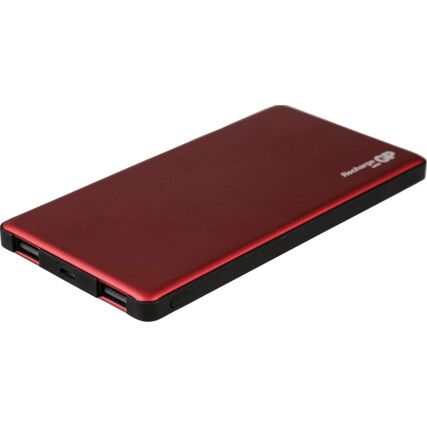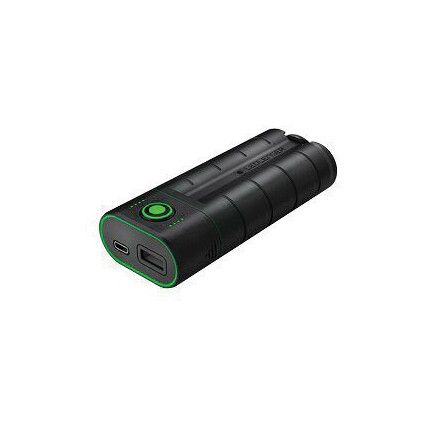Power Banks
Never run out of power on your devices during critical times with the use of a power bank - an essential accessory in an increasingly mobile lifestyle.
Cromwell stock a curated range of power banks to meet the needs of all mobile device users from brands such as Status® and Ultra Max®.
What is a power bank?
Power banks are a mobile source of power for most of your devices, ensuring they don't run out of battery power during a critical time. It is essentially a large battery in a hard outer shell, with sophisticated electronics that manage their own charge level and allow other devices to be charged by connecting with them. These devices can be connected by an attached connector or a USB port. Power banks come in a wide range of sizes and capacity to suit all needs, from being extremely pocketable to being larger and capable of charging multiple devices repeatedly.
Jargon buster
• mAh - mAh stands for milliampere/hour and is used to designate the capacity of a battery, specifically rechargeable batteries. The higher the number, the more capacity the battery has, allowing it to charge more devices for longer.
• Watts - Watts (W) are used to measure the total charging speeds that the power bank will be able to provide. The higher the wattage, the quicker the power bank will theoretically be able to charge your device. The charging speed is usually determined by the battery so having a higher wattage usually allows for multiple devices to be charged at higher speeds.
• USB - USB stands for universal serial bus, is a plug and play interface used to allow computers to communicate with other devices. As the interface can carry power, they have been used to charge smartphones and other portable devices for several years now. USB Type-C® is the latest version of the USB interface and allows for a reversible connector with higher data and power transfers.
• Fast charging - Fast charging is a generalised term to signify faster charging speeds for mobile devices. There are numerous proprietary technologies for faster charging such as USB-PD (USB Power Delivery), Qualcomm® Quick Charge™, and Oppo® SuperVooc™.
Considerations when choosing a power bank
• Capacity and portability - The capacity of the power bank should be a first consideration when choosing a power bank as this will determine how many times your devices can be charged from a single charge from the power bank. Usually, the higher the capacity of the battery, the bulkier it becomes and less portable so the space constraints should also be considered.
• Charging Speed - The charging speeds of the power bank is an important consideration when selecting a power bank as the higher limit there is, the more devices can be charged at the same time. The fast-charging standards of your device should also be considered to see if the power bank supports those speeds.
• Number of USB Ports - The number of USB ports available on the power bank determines the number of devices can be connected at a given time. The more USB ports, the more devices can be connected and charged. Some power banks have an integrated cable to remove the need to carry additional cables.
• Additional Features - There are additional features which can help you choose a power bank, for example some power banks may include a method to check the power bank's remaining battery capacity, whilst others may allow your mobile device to charge wirelessly.
FAQs
Can you take power banks on planes?
You should not carry your power banks or other electronic devices which use lithium-ion batteries in your check-in luggage, but they are able to be taken in your hand (carry-on) luggage. Although these devices can be taken on-board the plane, some airlines may not allow you to charge your devices during the flight so you should try and keep the device charged before getting on.
How does a power bank work?
A power bank uses sophisticated electronic circuitry to manage the power it can store within its own battery, maintain the charge in the battery for long periods, and then be able to share this charge with a connected device at the correct rate as to not damage the device.


